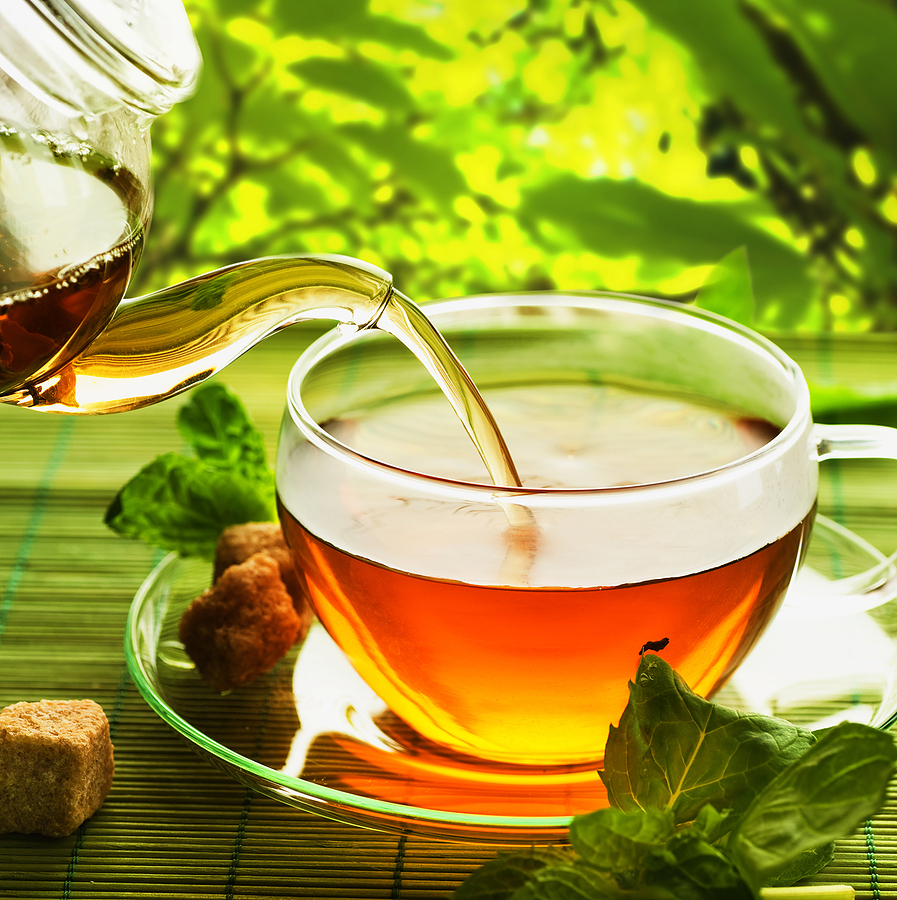Research to the rescue. High-tech brain scans reveal that psilocybin inhibits blood flow in parts of the brain that regulate sensory input. Less blood flow means less regulation. Flooded with perceptions, a psilocybinized brain can help PTSD patients reprogram their fears, Doblin says. New tools also provide new insight into LSD's ego-dissolving "catharsis effect." And the ecstasy chemistry: MDMA reduces blood flow in the fear-processing amygdala while increasing blood flow in the prefrontal cortex, which facilitates our ability to put things into context.
"With MDMA, the fear circuitry is reduced," Doblin explains. This helps PTSD patients remember and re-examine long-buried aspects of their traumas. Aided by MDMA, "these memories don't immediately go straight to fear." Say you were traumatized by a bat-wielding, red-hatted assailant. Under MDMA, "the neural pathways connecting bats, red hats and fear are not so strong." Recontextualized in an MDMA-activated prefrontal cortex, triggers lose their power -- sometimes forever, he says.
"Under the influence of MDMA, people can make emotional changes that persist after the MDMA is out of their systems." On MDMA, "you operate on this much smoother level, and then you lose it -- but not all of it. You get so much material from that experience, which you can learn to integrate."
This doesn't mean you can recover by hitting a few raves. A key theme of the medical-psychedelics movement is that it's medical. These drugs are so strong and long-lasting that, for clinical use, Doblin says they must be administered in "a safe, supportive, controlled setting" overseen by professionals.
This is really good news, I just hope it comes to fruition. Enough mind altering drugs are used anyway so why not use some clinically that may actually have some long lasting positive effects.
 Functional Food.
Functional Food.